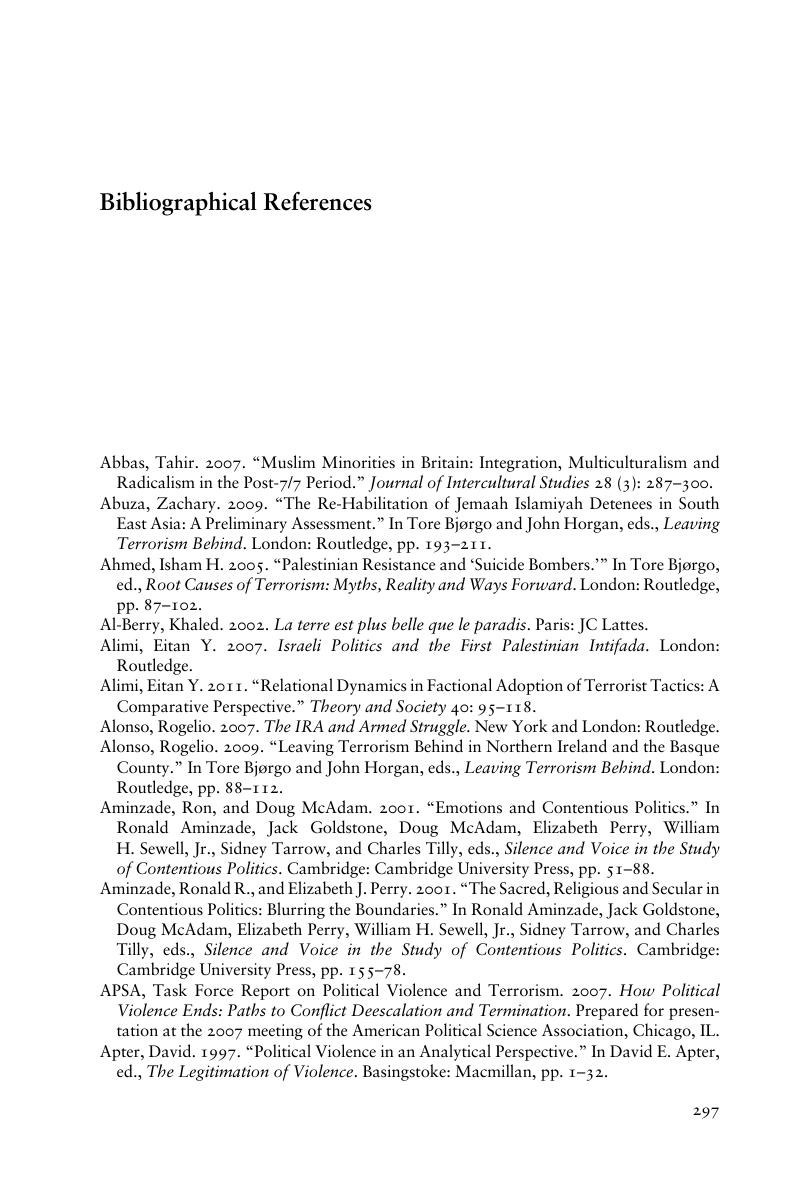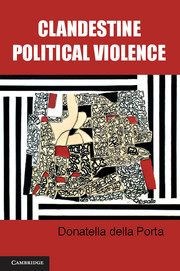Book contents
- Frontmatter
- Contents
- Acknowledgments
- Acronyms
- 1 Political Violence and Social Movements
- 2 Escalating Policing
- 3 Competitive Escalation
- 4 The Activation of Militant Networks
- 5 Organizational Compartmentalization
- 6 Action Militarization
- 7 Ideological Encapsulation
- 8 Militant Enclosure
- 9 Leaving Clandestinity?
- 10 Clandestine Political Violence
- Primary Sources
- Bibliographical References
- Index
- References
Bibliographical References
Published online by Cambridge University Press: 05 April 2013
- Frontmatter
- Contents
- Acknowledgments
- Acronyms
- 1 Political Violence and Social Movements
- 2 Escalating Policing
- 3 Competitive Escalation
- 4 The Activation of Militant Networks
- 5 Organizational Compartmentalization
- 6 Action Militarization
- 7 Ideological Encapsulation
- 8 Militant Enclosure
- 9 Leaving Clandestinity?
- 10 Clandestine Political Violence
- Primary Sources
- Bibliographical References
- Index
- References
Summary

- Type
- Chapter
- Information
- Clandestine Political Violence , pp. 297 - 320Publisher: Cambridge University PressPrint publication year: 2013



